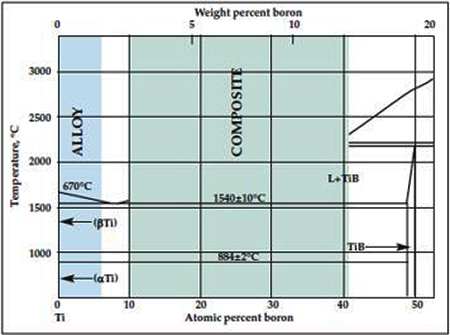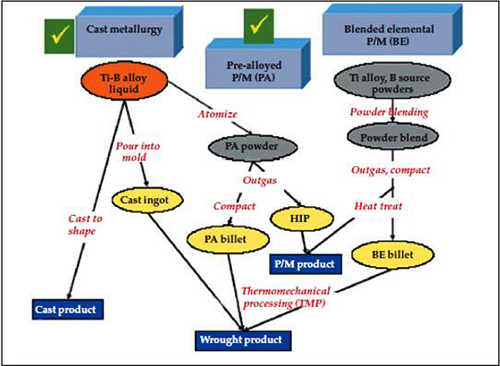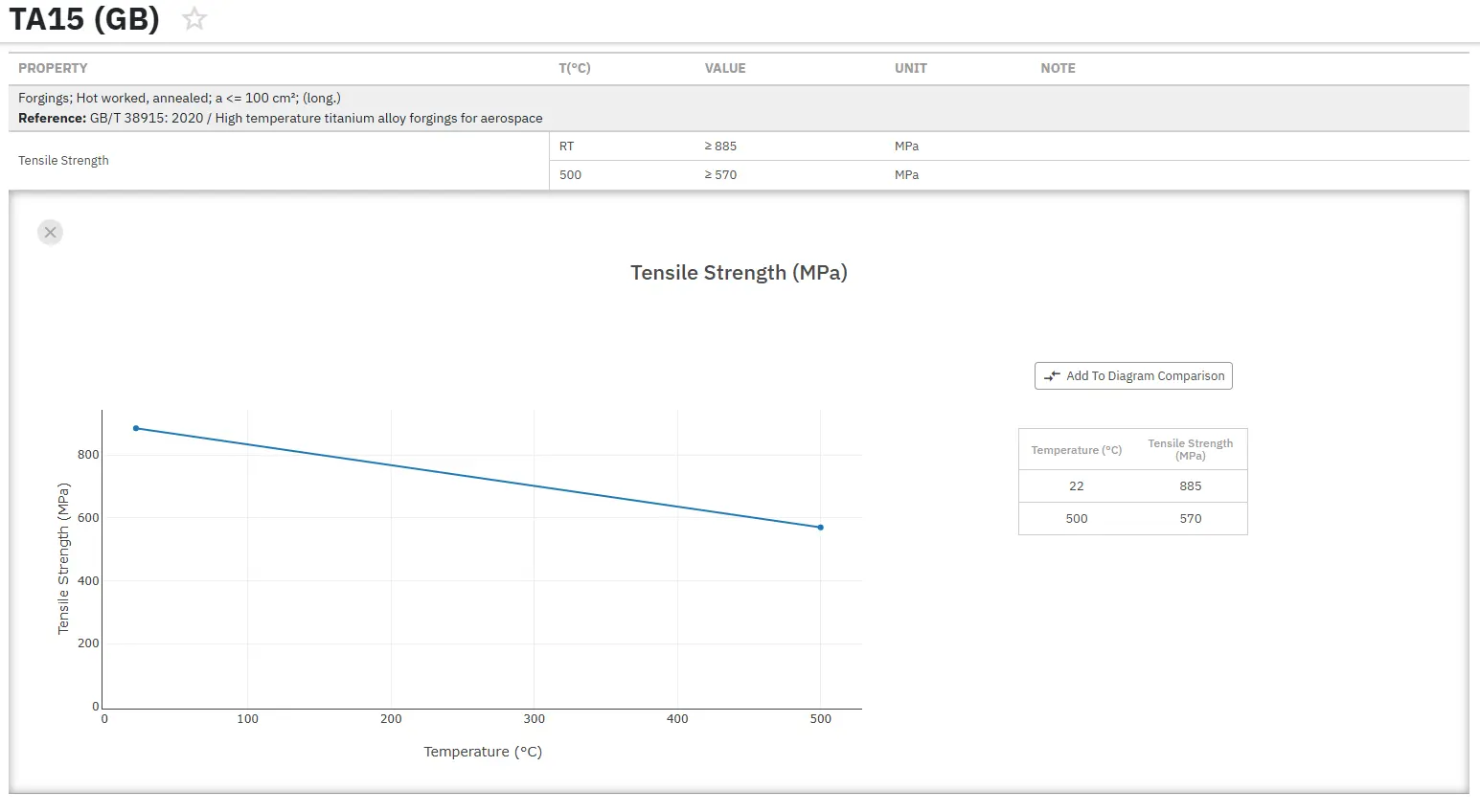Boron-Modified Titanium Alloys: Part One
Abstract
It might seem impossible to improve upon the impressive properties of modern titanium alloys, but the addition of a common element can multiply at least one property, stiffness, by a factor of five.
What’s more, it might also reduce production costs. The secret is in boron’s unique behavior when combined with different phases of titanium.
Since the introduction of titanium and titanium alloys in the early 1950s, these metals have become backbone materials for the aerospace, energy, and chemical industries.
Titanium alloys are among the most important of advanced materials, due to their excellent properties, such as low mass density, which is approximately 60% of the value of common steels, high resistance to oxidation, lightness, stiffness, high specific modulus and creep resistance. Titanium alloys are characterized by their superlative mechanical properties, good resistance to corrosion in many different aggressive environments, good resistance to wear, fatigue and creep resistance, good biocompatibility and high Strength at relatively high temperatures, low Young’s modulus (similar to that of human bone). As mentioned above, titanium alloys are employed in many applications: in aerospace, automotive industries, chemical industries and many biomedical applications used to fabricate surgical tools and dental implants. The increasing demand for titanium alloys in world production, the refinement of the processes and the new techniques developed have allowed a reduction of the production costs and better fulfillment of the demand.
Small additions of boron to conventional titanium alloys have been found to produce significant changes to the microstructures and associated properties. Grain refinement and improved strength and stiffness are first order effects, which lead to possibilities for developing novel and affordable processing methodologies and to enhance performance over conventional titanium alloys.
The Ti-B Material System
Boron is completely soluble in the liquid phase of titanium, but is essentially insoluble in the solid titanium phase (high temperature beta or room temperature alpha). The relative insolubility of boron in solid titanium eliminates the embrittlement problem commonly caused by other interstitial elements such as hydrogen, carbon, or oxygen. The titanium-rich end of the binary Ti-B phase diagram is shown in Figure 1.

Figure 1: Titanium-rich section of the binary Ti-B phase diagram.
The boron added to titanium precipitates in the form of an intermetallic TiB phase for additions below about 14 wt%. (40 at.%). TiB forms via the eutectic reaction L—>β+TiB, with a binary eutectic composition of 2 wt% B. The TiB phase offers unique advantages. The density of TiB is comparable to that of titanium, but the stiffness is about five times higher. Therefore, the TiB phase provides significant increases in strength and stiffness without increasing density. TiB also has excellent crystallographic compatibility with titanium, providing atomically sharp interfaces and chemical compatibility. The coefficient of thermal expansion of TiB is comparable to that of titanium, which eliminates residual stresses at the interfaces.
The crystal structure of TiB is orthorhombic, and particles grow as short whiskers about one micron in diameter and ten microns long that are efficient strengtheners below the eutectic limit (1.55 wt.%B for the most widely used titanium alloy Ti-6Al-4V). Hypoeutectic alloys have microstructures, processing, and property combinations similar to alloys without boron. Therefore, Ti-B materials can be considered as boron-modified titanium alloys at boron levels below the eutectic limit.

Figure 2: Several different processing routes are available to produce Ti-B alloys and various techniques can fabricate product forms.
En savoir plus
Accédez immédiatement à des propriétés précises sur les alliages de titane !
Total Materia Horizon contient les propriétés de milliers d’alliages de titane : composition, propriétés mécaniques et physiques à différentes températures, propriétés non-linéaires et bien plus.

Profitez d’un compte d’évaluation GRATUIT sur Total Materia Horizon et rejoignez notre communauté qui compte plus de 500.000 utilisateurs dans plus de 120 pays.